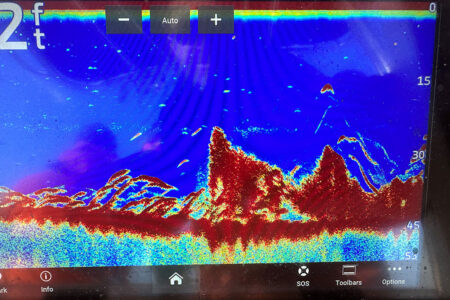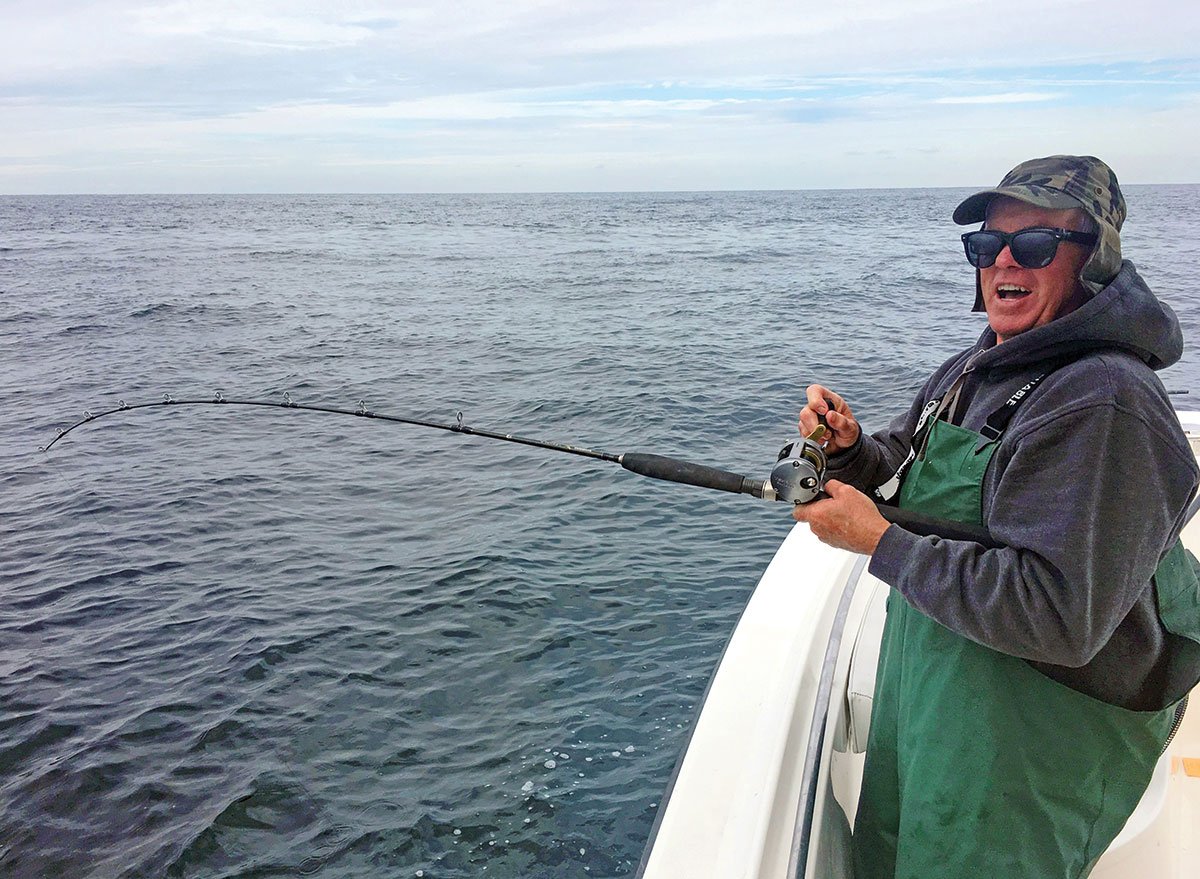
With summer species gathering up for their offshore migrations, now is the time to get in some quality rod-bending action before putting your boat away for winter.
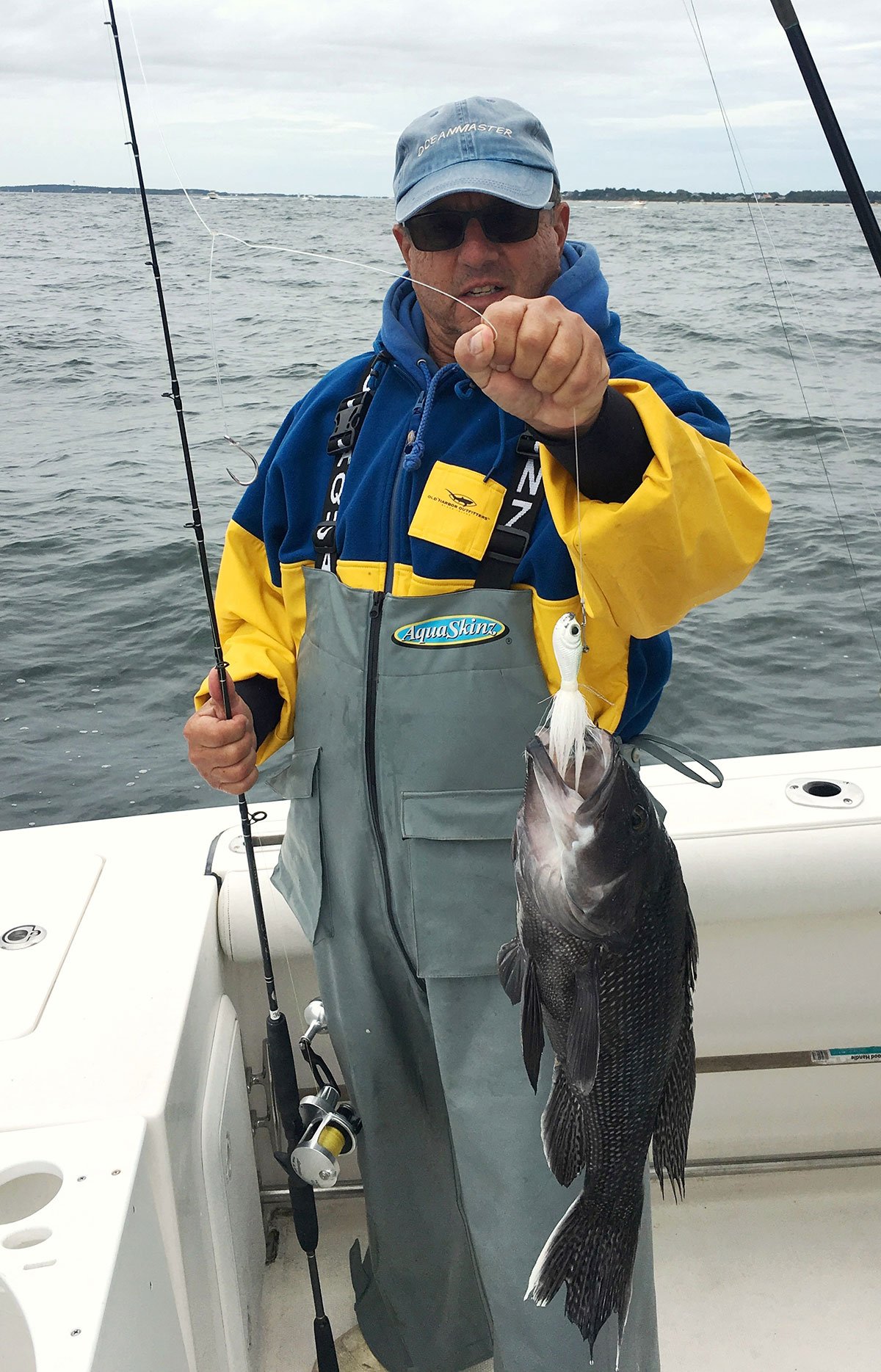
It’s common knowledge in military circles that few battle plans ever survive first contact with the enemy. The same can be said for fall wreck hunting. There are a number of elements that will all collaborate against you when planning your fall wreck trips. Depending on your alternate plans, combined with operational flexibility and your crew’s availability, these will determine the ultimate success of your trip. You’ve got to be able to think on the fly and keep everything in motion to achieve positive results.
The first of these “collaborators” working against you when planning wreck hunting excursions is the weather. September, October and early November are known for the incessant cadence of dreaded “alphabet” storms that march up the East Coast, so-called because they have names like Harvey, Irma, Maria, etc. While some of these hit coastal areas and cause havoc with man and material, others will head north spinning 200 to 300 miles east of the Atlantic Seaboard, avoiding landfall but will still shut down fishing for many days at a time. This is due to the storm surges that send 8- to 10-foot waves crashing on the seaward beaches and making inlet transit a very risky and dangerous business.
The second challenge when planning your wreck trips is the competition. This is not the first time that a writer has authored a piece on fall wreck fishing, and some folks wait all year for this great fishery to finally get into gear. The party boats live for this time of the season prior to the dark winter doldrums. They pack the rails and head offshore with anglers anxious to get one last shot at sea bass, tautog, porgies, blues or whatever to fill their freezers with tasty fillets that will last them through the winter. Party boats will typically leave early when wreck trips are on the agenda and will frequently be anchored up over a favorable piece of bottom, often before you have broken the inlet and started for deeper water. Depending on where you are heading, it can be a game of musical chairs with limited opportunities. When the music stops, you may not have a place to land.
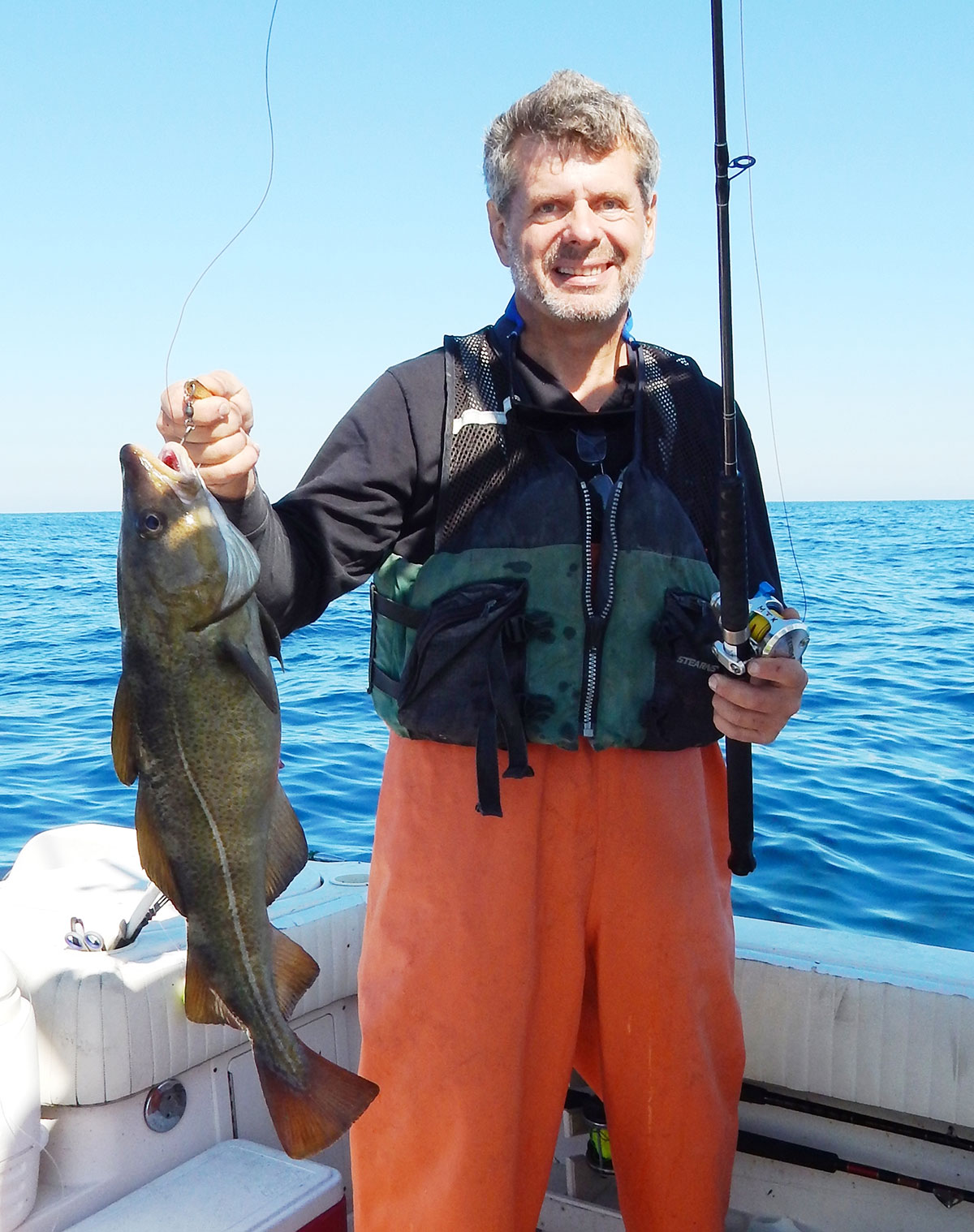
This happened to me one October day last season when we got a late jump out to 20 fathoms south of Fire Island Inlet on Long Island and were not thrilled to see a dozen party boats all anchored up over prime pieces of submarine real estate for as far as you could see. Fortunately, I was able to pull a few pieces of “top secret” bottom structure from my Excel spreadsheet of coastal wreck numbers, and we had a blast bending the rods all day. But be advised, the usual wrecks will be covered up and beat to death, so have some alternates in the wings just in case. The less traveled wrecks will always produce more fish, since they don’t get hit as hard or as often, with more time to replenish their bounty.
The last event that is never in the favor of avid fall wreck hunters is the amount of sunlight that’s available to ply your trade. The days are getting shorter, the nights are getting longer and that requires that you frequently leave in the dark and come back in the dark, especially on those longer range trips to the 25- to 30-fathom wrecks. This “limited time” concept is further exacerbated by the fact that not all wrecks are totally covered up with migrating fish. Sometimes the lament of, “you should have been here yesterday” is the theme song of the day—or maybe, “you should be here two days from now” is the flip side of the luck factor. You can keep the disappointment level to a minimum by having a few spots that range in depth from 100 to 180 feet of water on the day’s agenda. Keep on heading deeper until you find them and leave yourself enough daylight to get home safely.
Mixed bag potential
What makes fall wreck hunting so magical is the fact that myriad inshore species are involved in the process, which increases the odds dramatically of coming across one migration movement or another. These fish sense a change in the angle of sunlight due to mother earth’s tilting on its axis, combined with chilling water temperatures, which triggers an internal alarm that it’s time to go on a feeding binge and get moving on their annual migration. These species sometimes come across other coastal fish heading inshore, with each group going in different directions. The outbound train typically includes porgies, fluke, black sea bass, weakfish, chub mackerel, triggerfish, bay bluefish, Spanish mackerel, red hake (ling), small/yearling pollock and cod, Atlantic bonito and little tunny. The inbound train features blackfish, larger cod and pollock, whiting, flounder and Boston mackerel.
It’s not beyond the realm of possibility to have swarms of inbound and outbound migrating fish cross paths and intersect at one juncture or another. Predictably, the action at these encounters can be just like the popular series of Rock/Vin Diesel car chase movies – too fast and too furious. As a case in point, one away charter trip that I did in the beginning of last October to some 20-fathom wrecks featured nine different species of fish that came aboard the boat, and it included the majority of the fish mentioned previously. The charter anglers were pleasantly surprised, but this is the nature of fall wreck hunting, especially so when the weather and migration patterns cooperate.
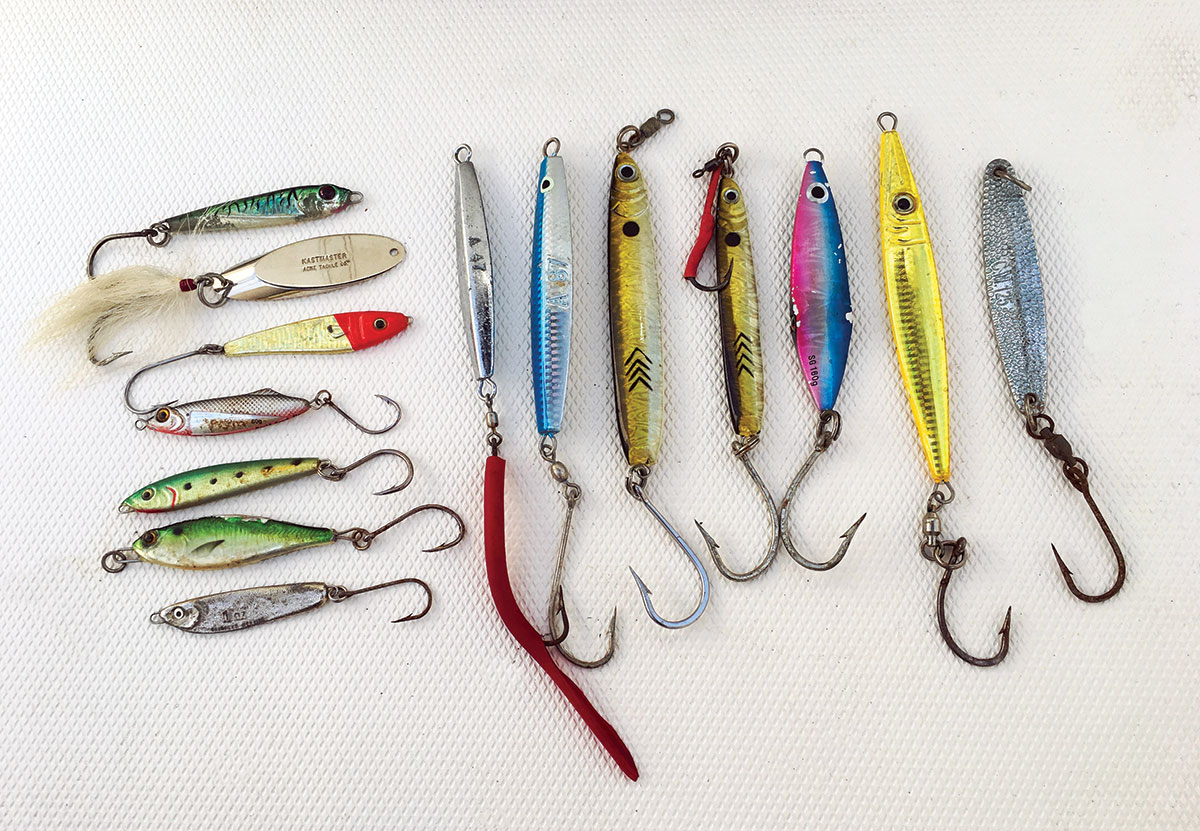
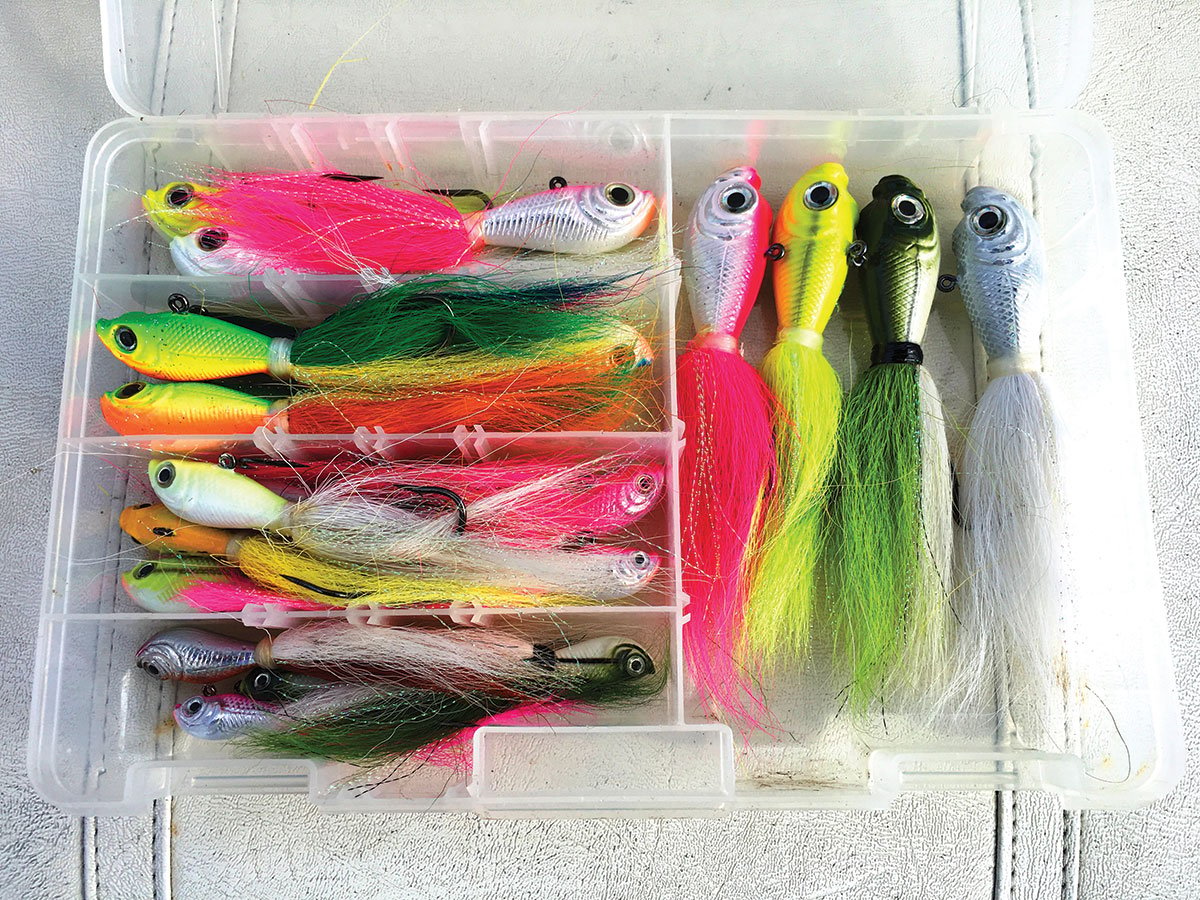
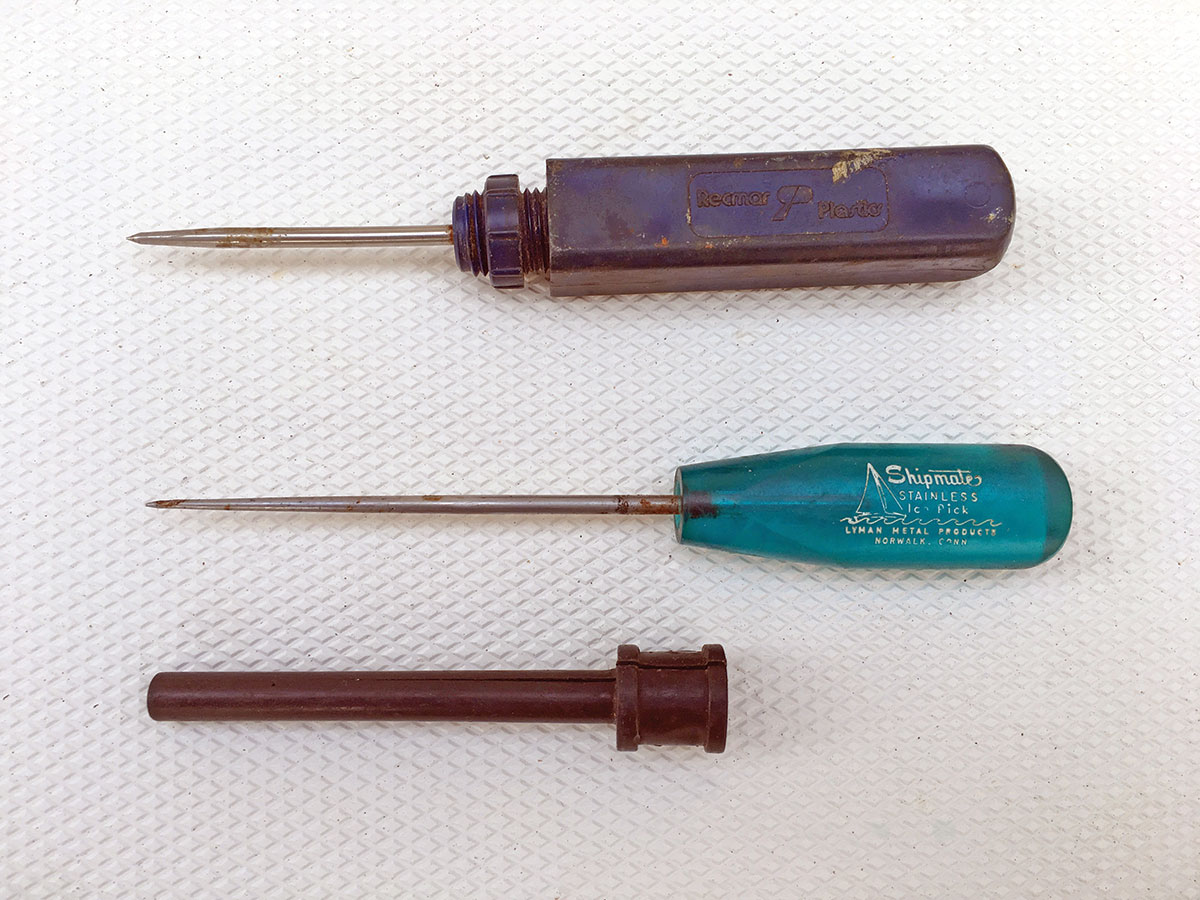
Tackle, Techniques and Territory
As I’ve discussed in prior articles, one of the major tackle trends that’s affecting coastal anglers is the continuing evolutionary theme that rods and reels keep getting lighter and stronger. Gone are the days of having to use a bulky 4/0 Senator to go for sea bass, blackfish or cod. Nowadays, a mighty 14- to 16-ounce lever or star drag reel from Avet, Boss, Accurate, Penn, Shimano, Daiwa, Tsunami or Okuma can do the same job at less than half the weight of yesteryear’s 4/0, getting more drag and producing less angler fatigue in the process. The constant improvement of super braid line contributes positively to the cause, allowing anglers to pack on 400+ yards of their favorite fishing line, also enabling them to hold bottom with less weight, due to the thinner profile of the braid, which produces less water drag.
Rod manufacturers are matching the micro-sized conventional reels with high-quality, top-end rods, which are lighter and stronger than their predecessors. Shimano’s new Spiral-X and Hi-Power X Terez rods allow you to “dominate the deep” with either spinning or conventional reels. Competitive gear from Penn, St. Croix, Daiwa, Star, Tsunami and Maxel will also do the job; it’s frequently a matter of taste and budget. I have been using Maxel’s Platinum Slow Pitch jigging rods with great success over the past few seasons and have made some minor adjustments to them to suit my individual tastes and fishing style.
Proponents of the snap jigging technique like Fisherman Editor Fred Golofaro, Capt. John Paduano and other sharpies have been known to fish 20-fathom bottom with downsized-but-sturdy, lightweight spinning rods spooled with 15-pound braid and 20-pound fluoro leaders. They get a lot of strikes and employ 1- to 2-ounce jigs to hold bottom and do their dirty work down below. I have been employing this modus operandi more frequently over the past few seasons and have shocked a lot of my charter customers with the consistent results of this approach, getting them to try it and making new converts with every trip. I rarely use bait when bottom dropping and rely strictly on the action of the jigs to hook-up.
When opting for bucktails for bottom work, my first choice is the Spro prime bucktail, which has caught more fish for me over the years than anything else. It comes in a variety of sizes up to 8 ounces and is offered in a kaleidoscope of colors, with just about every hue under the rainbow and below the sea. I typically put these into action unadorned, to garner the least amount of water resistance, but have been known to employ a strip of pork rind (if you can find it anywhere), Fat Cow or a strip of squid, especially if I am in shallower waters of 80 feet or less. The Spros work great, either solo or in pairs in a classic high/low configuration. If I go with the twins, I will put a heavier version down low to bounce on the bottom with the least amount of line scope, with a 1/2- or 3/4-ounce bucktail a few feet up the line, connected via a dropper loop, which gets more strikes than you might expect. I am all for trying new techniques and gear, but “if it ain’t broke, don’t try to fix it!”
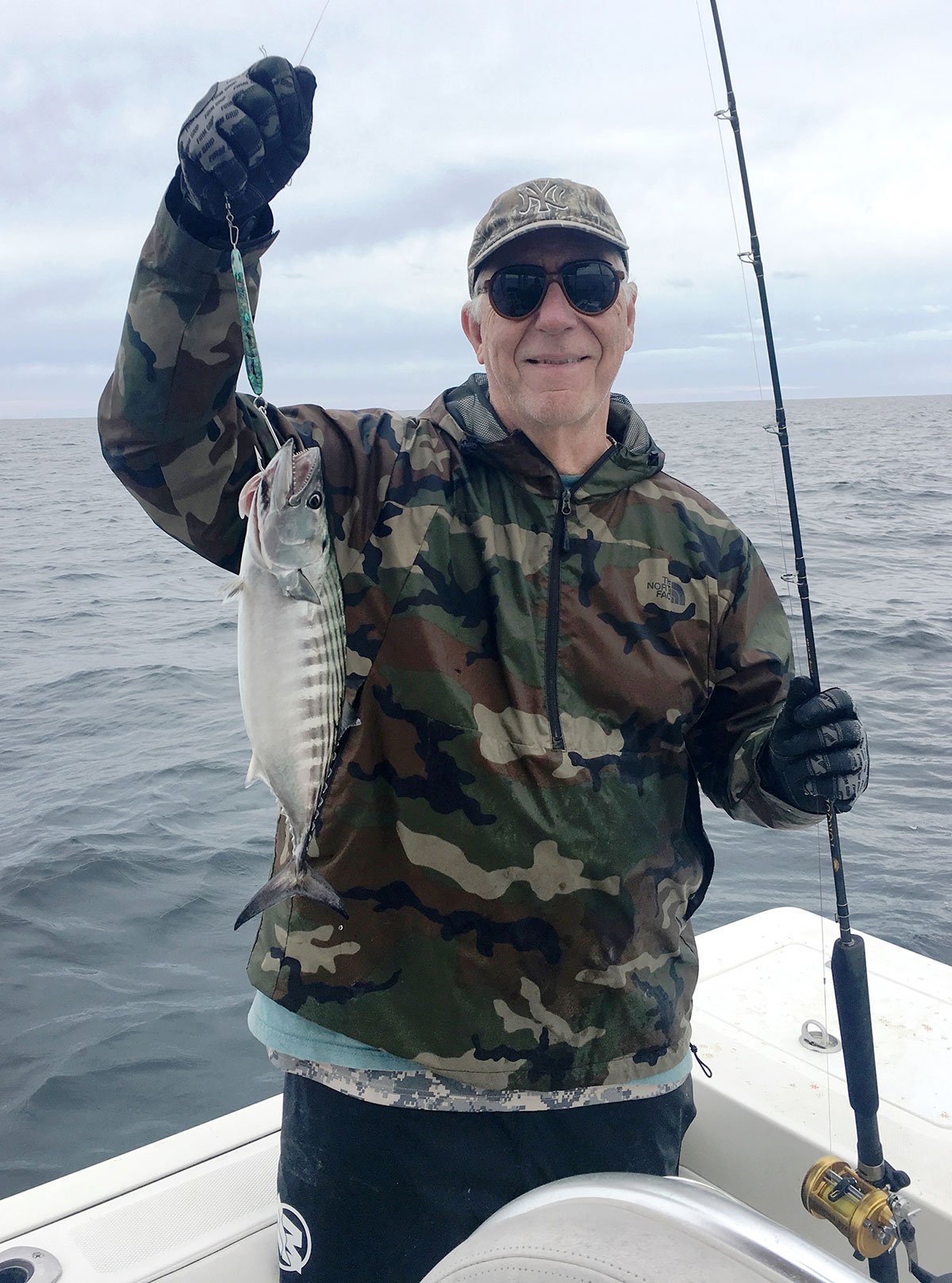
I also employ old-school metal jigs like diamonds, hammered, reflective, knife, butterfly and the painted varieties. These can be deadly, especially on the larger sea bass, any cod or pollock that might be in the area, plus mid-depth speedsters like football tuna and the mackerel clan. I have also caught some 5- to 10-pound tautog on the jigs, along with pork chop porgies, just yo-yoing them off the bottom, so don’t be shocked if a beefy blackfish or silver hubcap comes up from the depths attached to your rod. Dusky sharks and brownies also will rap your jig, along with makos and threshers, so if they are in the area, that fight will be short and not so sweet. The leading indicator that the sharkies are in town is simple – you will start coming up with heads-only on your hooks, especially on the larger specimens.
The traditional high/low dropper loop rig with baited hooks is the long-time standard for this wreck hunting fishery, so I make sure that at least one or two of my crew mates are fishing these with either fresh salted clams, squid strips, Gulp or crab baits. I know many anglers that tie their own three-hook rigs, so my philosophy is the more, the merrier. I never cease to be amazed by fishermen who follow this three-hook path and then howl with delight when a trio of beefy sea bass jumps on for a ride to the surface from 20 to 25 fathoms down, pulling in three different directions at the same time. Of course the flip side to this is that you also have three times as many hooks to snag onto a piece of wreckage, losing everything, including what might be a truly bragging size fish. Any fish that is to be released, especially from deep water, should be carefully handled and be sure to pop the air bladder with an ice pick or similar tool. You will know that you’ve fumbled this duty when the released fish is flopping around on the surface and can’t swim down to the bottom where it’s safe.
Superbraid is the straw that stirs the drink and makes all of the light tackle gear work in harmony. I like to use high-vis yellow braid when fishing wrecks, with a 15- to 20-yard topshot of low-vis pink fluoro, Quattro plus camo mono, or something in a clear dark green hue for minimal visibility on the bottom. I’ve had my best luck with abrasion resistance on sticky wrecks and knot integrity with Western Filament’s four-strand TUF-Line and eight-strand Domin8, in addition to the old standby PowerPro.
When looking for wrecks, don’t discount the rock piles that might be nearby. I have been doing super-good trips in the eastern Long Island Sound the past few years in the areas north of Mattituck, Northville, Orient Point and Plum Island, where the rocky bottom can drop down to 150 to 200 feet. There are some dragon-sized sea bass living in these parts, along with beefy tog and it’s all rock piles and rocky drop-offs with minimal wrecks on the bottom.
While some folks like to anchor up over potentially productive structure, my philosophy is to drift over the wrecks and structure to cover more ground. During the fall migrations, pinpoint positioning over desired structure is not required. Oftentimes, migrating fish will be swimming around the structure up to a few hundred yards away. Look at your echo sounder as it will reveal exactly what is going on down below. I normally tag all of the edges of a structure or wreck with save marks that indicate the extreme boundaries. I then figure out the effect of wind, waves and current and go to work on the drift. I will often linger over productive hotspots by “stalling” the boat bow-first or stern into the current with my engines. This is where the next-gen joystick outboard engine controls like Helm Master (Yamaha), Optimus (SeaStar/Teleflex), Joystick Piloting (Mercury) and iDock (Evinrude) are the ultimate tool in the toolbox; just set your position and let the controller do the work while you bend the rods over the best spots and stay there for as long as you like. Fish have a tendency to move around on a wreck and anchoring and then re-anchoring takes way too much time. Remember, you are fighting the clock in the limited daylight associated with the fall wreck fishery.
As a final note, keep a watchful eye on your weather window, which can change quickly in the fall months. Beating into a stiff north/northwest/northeast wind for 30-plus miles will put a real damper on your day and leave you with a bitter taste for the long winter. I have been there and done that – a wreck too far, so don’t repeat my mistakes. Be safe out there and if you have any wreck hunting questions, give me a shout at www.marceejay.com, or reach out to me on Facebook/marceejay.



